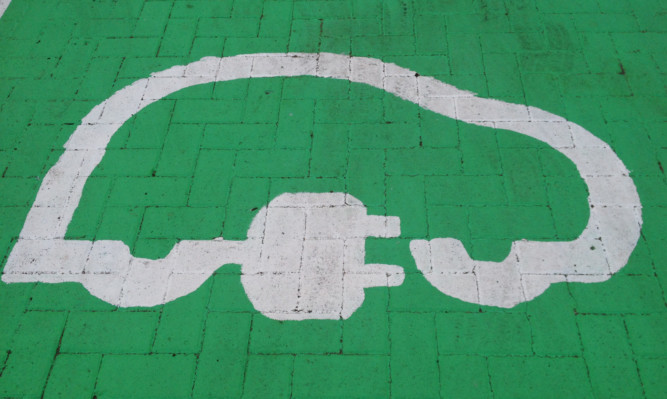More than 1,000 electric vehicles are now thought to be on the road in Scotland, but large parts of the country’s growing charging network are going unused.
Dundee City Council’s investment in electric cars it was recently revealed as owning more electric vehicles than any other council in Britain helped make the city a charging hotspot.
The RAC Foundation analysed information obtained under Freedom of Information rules from Transport Scotland.
The statistics, which relate to August last year, show that of the 482 units in the ChargePlace Scotland network, 217, or 45%, were not plugged into at all during that month.
The remaining 265 (55%) were used at least once.
There were some notable exceptions to the Scotland average, however, with all the charging units in Edinburgh, Falkirk and Stirling used at least once in August.
Overall that month, there was a total of 2,885 individual charging sessions in Scotland.
Of these sessions, 46% took place in three cities Edinburgh, Dundee and Glasgow.
The most heavily-used charging unit was at Janet Brougham House, a care home in Dundee, which recorded 103 charging sessions in August last year.
Professor Stephen Glaister, director of the RAC Foundation, said: “The encouraging news is that electric car sales in the UK are at last showing signs of improvement, but we still have a charging network in Scotland that is running below capacity.
“Part of the reason for installing public charge points is to help drivers overcome their fear of range anxiety, but this does not come cheap.
“This data also suggests a good proportion of charge points are located on private premises including council sites.
“This is encouraging as it was always envisaged that fleet operators would lead the way in the electric revolution.”
